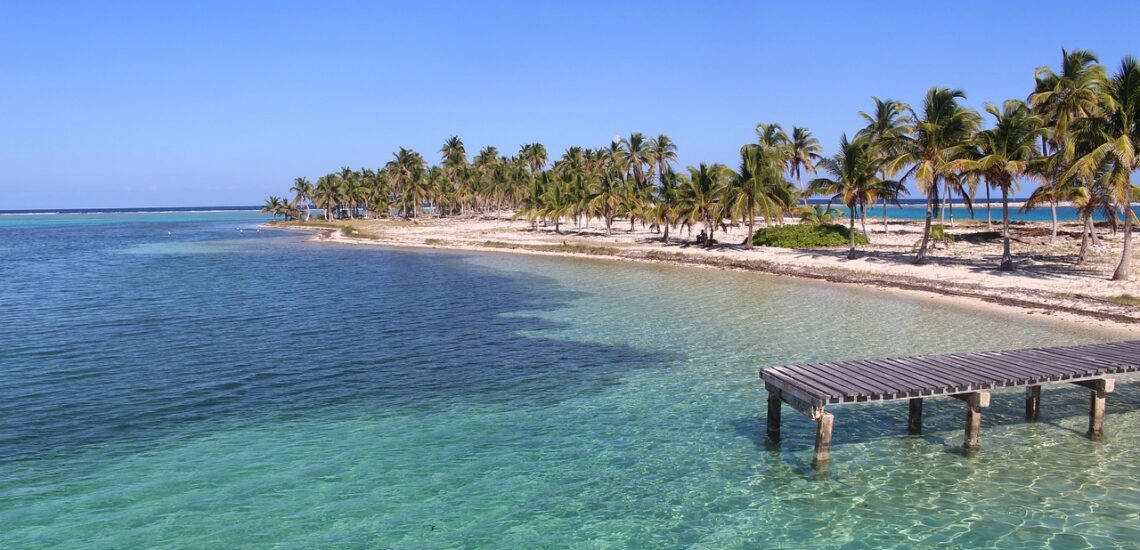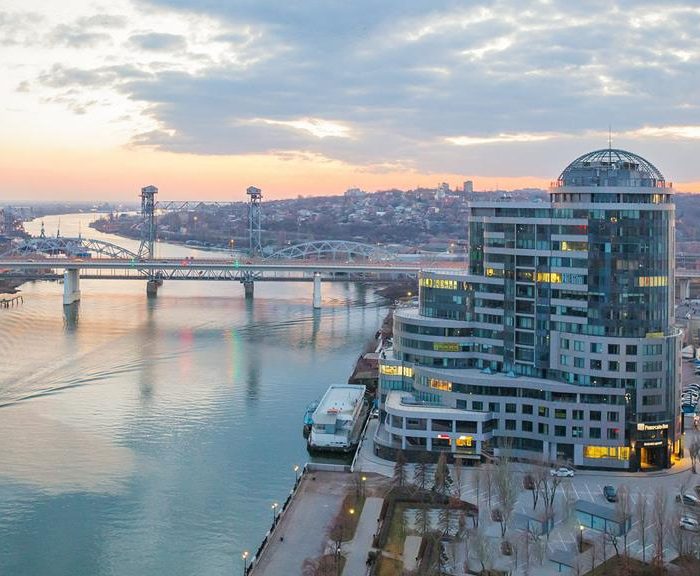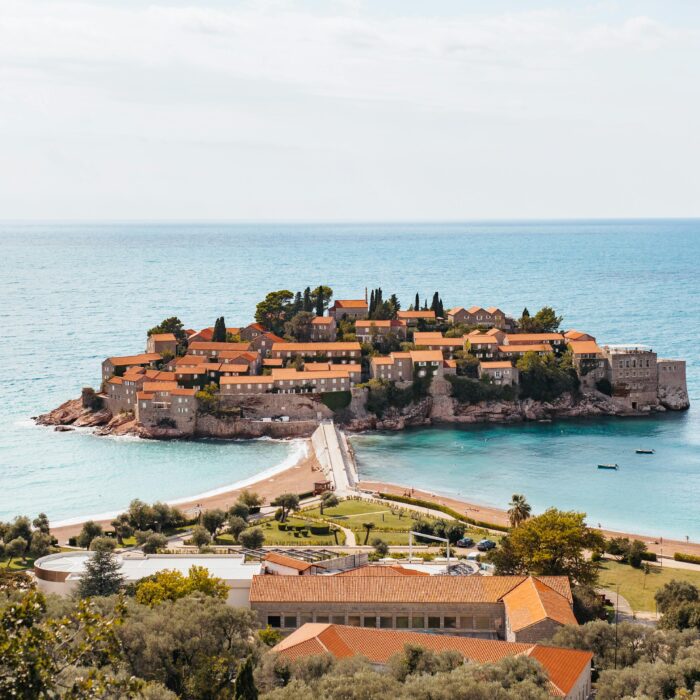Fatos rápidos sobre Belize:
- População: Aproximadamente 405.000 pessoas.
- Capital: Belmopan.
- Idioma oficial: inglês.
- Moeda: dólar de Belize (BZD).
- Governo: Democracia parlamentar e monarquia constitucional, com a Rainha Elizabeth II como chefe de estado representada por um governador-geral.
- Religião principal: Cristianismo, com o catolicismo romano sendo a denominação predominante.
- Geografia: Localizada na costa nordeste da América Central, faz fronteira com o México a noroeste e com a Guatemala a oeste e sul, com o Mar do Caribe a leste.
Fato 1: Belize abriga a Barreira de Corais de Belize
A Barreira de Corais de Belize se estende ao longo da costa de Belize por aproximadamente 190 milhas (300 quilômetros), tornando-se um dos sistemas de recifes de coral mais extensos do hemisfério ocidental. Esse ecossistema de recife diversificado e ecologicamente significativo sustenta uma grande variedade de vida marinha, incluindo formações coloridas de corais, espécies de peixes, mamíferos marinhos e tartarugas marinhas.
Belize também é conhecida por seus atóis, que são formações circulares de recifes de coral ao redor de uma lagoa central. O mais famoso desses atóis é o Lighthouse Reef Atoll, lar do icônico Great Blue Hole, um enorme sumidouro subaquático conhecido por sua cor azul profunda e formações geológicas únicas.
A Barreira de Corais de Belize e seus atóis associados são protegidos como parte do Sistema de Reserva da Barreira de Corais de Belize, um Patrimônio Mundial da UNESCO.
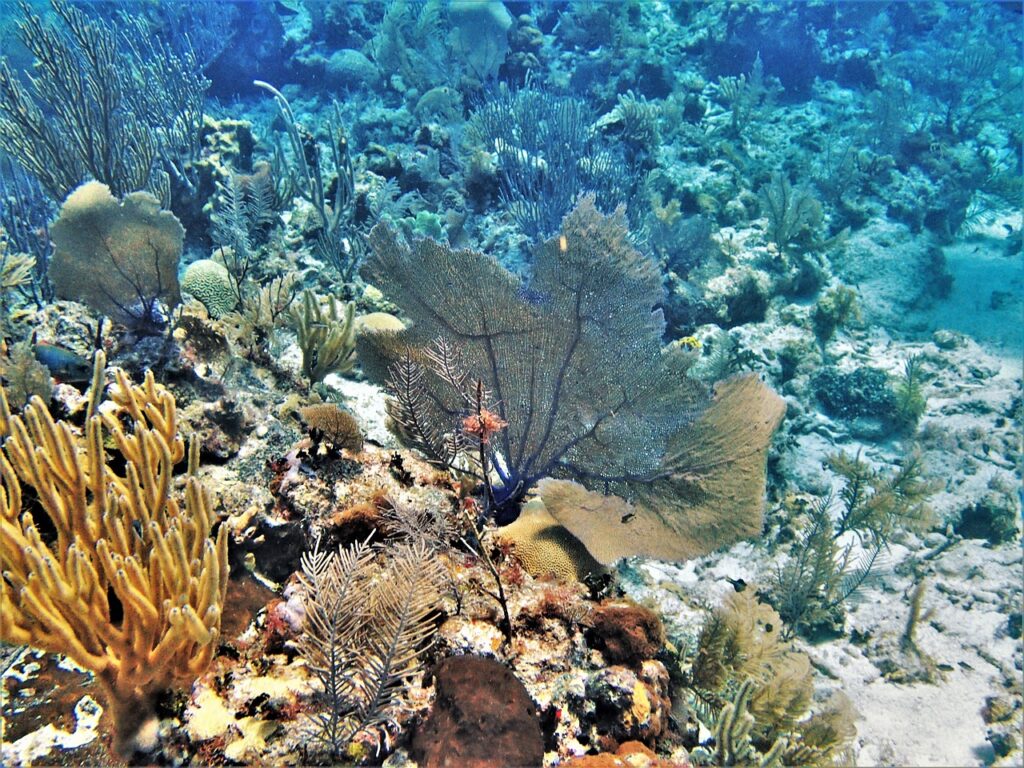
Fato 2: Existem cerca de 500 espécies de orquídeas na floresta tropical de Belize
As florestas tropicais de Belize, com seu clima úmido e rica biodiversidade, fornecem um habitat ideal para orquídeas, que são conhecidas por suas flores intrincadas e formas diversas. Estima-se que as florestas tropicais de Belize abriguem centenas de espécies de orquídeas, incluindo orquídeas epífitas que crescem em árvores, orquídeas litofíticas que crescem em rochas e orquídeas terrestres que crescem no sub-bosque da floresta. Essas orquídeas exibem uma variedade notável de cores, formas e tamanhos, desde delicadas flores em miniatura até flores grandes e vistosas.
Entre as espécies de orquídeas mais notáveis encontradas em Belize estão a flor nacional, a orquídea negra (Encyclia cochleata), bem como a orquídea borboleta (Psychopsis papilio), a orquídea brassavola (Brassavola nodosa) e a orquídea baunilha (Vanilla planifolia), que é cultivada por seus frutos de baunilha comestíveis.
Fato 3: Existem centenas de ruínas maias em todo Belize.
Belize possui uma rica herança cultural, com uma parte significativa de sua paisagem repleta de antigas cidades maias, templos, centros cerimoniais e complexos residenciais. Esses sítios arqueológicos oferecem informações valiosas sobre a civilização e as conquistas dos antigos maias, que habitaram a região por milhares de anos.
Entre as ruínas maias mais proeminentes em Belize estão:
- Caracol: Localizado no distrito de Cayo, Caracol é um dos maiores sítios arqueológicos maias em Belize, com impressionantes templos, pirâmides e praças. Foi um importante centro político e econômico durante o auge da civilização maia.
- Xunantunich: Situada perto da cidade de San Ignacio, Xunantunich é conhecida por sua imponente pirâmide El Castillo, que oferece vistas panorâmicas da selva e do campo circundantes.
- Altun Ha: Localizada no distrito de Belize, Altun Ha é conhecida por suas estruturas bem preservadas, incluindo o Templo dos Altares de Maçonaria, que contém uma famosa cabeça de jade representando o deus sol maia, Kinich Ahau.
- Lamanai: Situado ao longo da Lagoa do Novo Rio, Lamanai é um dos sítios maias mais ocupados continuamente em Belize, com evidências de habitação que datam de mais de 3.000 anos. Possui impressionantes pirâmides, templos e uma quadra de bola.
- Cahal Pech: Situado perto da cidade de San Ignacio, Cahal Pech é um local maia compacto conhecido por suas residências reais, plataformas cerimoniais e tumbas.
Nota: Planejando uma viagem para Belize? Verifique aqui se você precisa de uma carteira de motorista internacional para alugar e dirigir um carro.
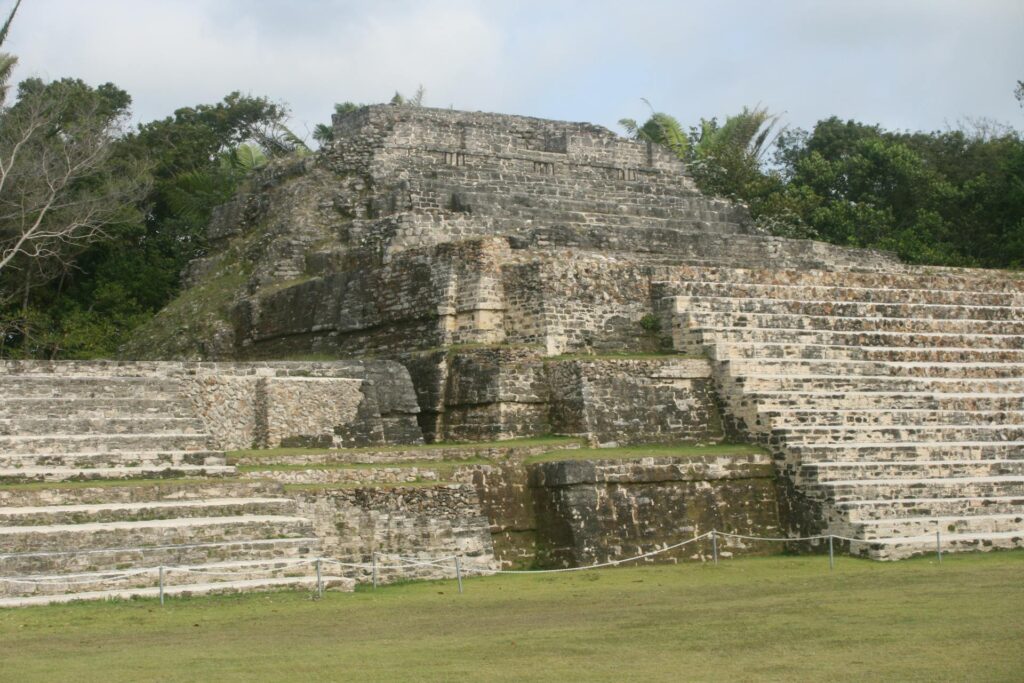
Fato 4: O antigo nome do país era Honduras Britânica
Durante a era colonial, as Honduras Britânicas permaneceram sob controle britânico, com a Coroa Britânica exercendo autoridade política, econômica e militar sobre o território.
Em 1973, a Honduras Britânica passou por uma mudança de nome, adotando o nome “Belize” como parte de um movimento mais amplo em direção à independência e identidade nacional. Em 21 de setembro de 1981, Belize ganhou oficialmente a independência do Reino Unido, tornando-se uma nação soberana.
Fato 5: Belize tem mais de 400 ilhas
As ilhas de Belize oferecem uma variedade de atrações e atividades para os visitantes, incluindo praias imaculadas, recifes de coral vibrantes e oportunidades para mergulho, pesca e outros esportes aquáticos. Muitas das ilhas menores fazem parte de reservas marinhas protegidas ou parques nacionais, oferecendo oportunidades para ecoturismo e observação da vida selvagem.
Entre as ilhas mais famosas de Belize estão Ambergris Caye, Caye Caulker, Tobacco Caye e Laughing Bird Caye, cada uma oferecendo seus próprios encantos e atrações.

Fato 6: Belize abriga o primeiro e único santuário de onças do mundo
O Santuário de Vida Selvagem da Bacia de Cockscomb, localizado no sul de Belize, foi estabelecido em 1984 com o objetivo principal de proteger a população de onças-pintadas da região e seu habitat. O santuário cobre aproximadamente 150 milhas quadradas (400 quilômetros quadrados) de floresta tropical e é administrado pela Belize Audubon Society.
A criação do santuário foi motivada por preocupações com o declínio das populações de onças-pintadas devido à perda de habitat, caça furtiva e conflito entre humanos e animais selvagens. Hoje, ele serve como um refúgio crucial para onças e outras espécies da vida selvagem, oferecendo proteção contra a caça e a destruição do habitat.
Fato 7: A cidade de Belize é a maior cidade e anteriormente a capital
Como a maior cidade de Belize, a cidade de Belize desempenhou um papel significativo no desenvolvimento político, econômico e cultural do país. No entanto, seu status de capital acabou sendo transferido para Belmopan em 1970 devido a preocupações com a vulnerabilidade da cidade a furacões e inundações.
Apesar de não ser mais a capital, a cidade de Belize continua sendo um importante centro de comércio, transporte e atividades culturais em Belize. É o lar de vários escritórios governamentais, empresas, instituições educacionais e marcos históricos.
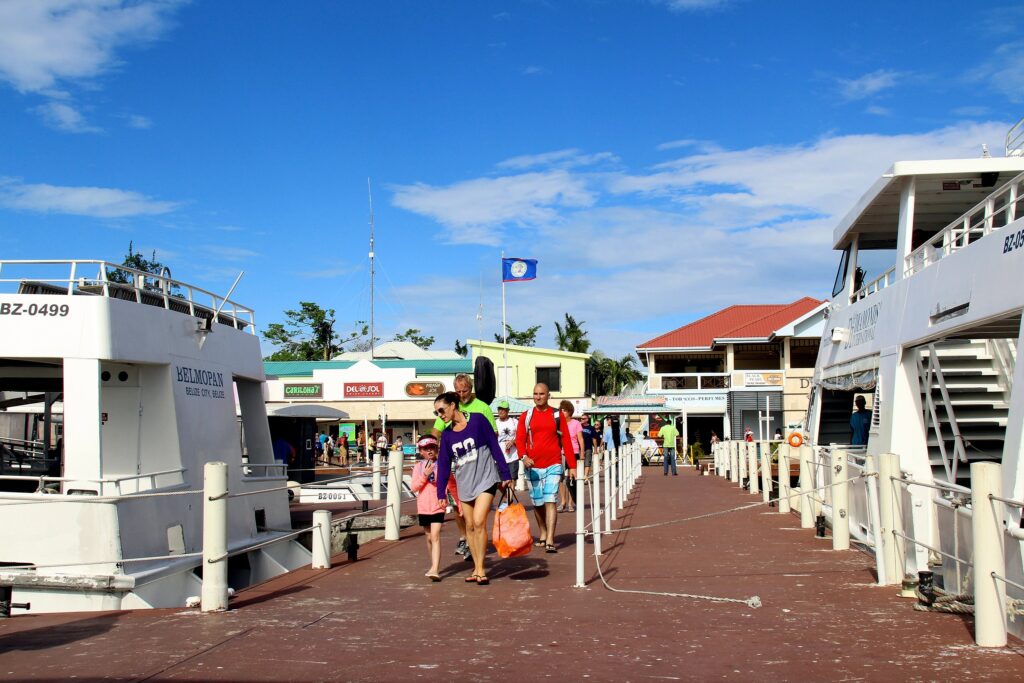
Fato 8: A vizinha Guatemala tem reivindicações territoriais sobre Belize
A disputa territorial entre Belize e Guatemala decorre de acordos da era colonial e demarcações de fronteiras. A Guatemala, que compartilha uma fronteira terrestre com Belize ao oeste e ao sul, reivindica periodicamente partes do território belizenho, particularmente a região sul conhecida como rio Sarstoon de Belize e áreas adjacentes.
Após a independência de Belize da Grã-Bretanha em 1981, a Guatemala inicialmente se recusou a reconhecer Belize como uma nação soberana e continuou a reivindicar seu território. No entanto, os dois países, desde então, se engajaram em esforços diplomáticos para resolver a disputa e avançaram nas negociações facilitadas por organizações internacionais, como a Organização dos Estados Americanos (OEA).
Fato 9: Belize tem um bom lugar para observar baleias
As águas costeiras de Belize abrigam várias espécies de baleias e golfinhos, incluindo baleias jubarte, cachalotes, baleias Bryde e várias espécies de golfinhos. As águas de Belize servem como rota migratória e área de alimentação para algumas espécies de baleias, possibilitando avistamentos ocasionais, especialmente durante suas migrações sazonais.
É importante observar que os avistamentos de baleias em Belize são menos previsíveis do que em algumas outras regiões, e os encontros não podem ser garantidos. No entanto, para os entusiastas da natureza que exploram as águas costeiras de Belize, a possibilidade de encontrar esses magníficos mamíferos marinhos adiciona um elemento empolgante à sua experiência.
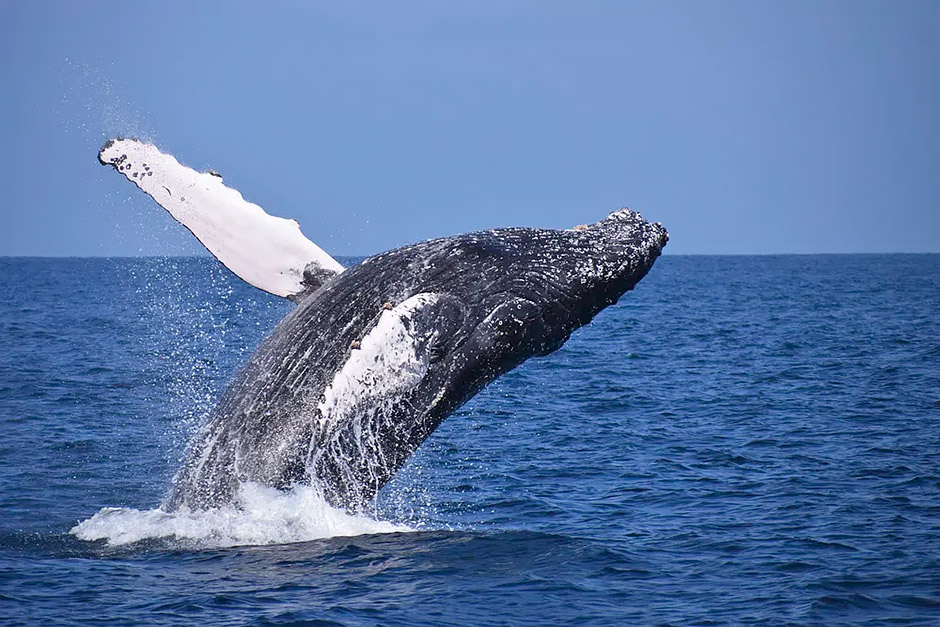
Fato 10: A estrutura mais alta de Belize desde a época maia
Caracol, localizada no distrito de Cayo, em Belize, foi uma das cidades maias antigas mais importantes da região. O templo principal de Caracol, conhecido como Sky Palace ou Caana (traduzido como “Sky Place”), é a estrutura mais alta feita pelo homem em Belize, com aproximadamente 43 metros (141 pés) de altura.
Construído durante o período clássico da civilização maia (cerca de 600-900 d.C.), o Templo do Caracol serviu como centro cerimonial e administrativo para os antigos maias. Ele apresenta vários níveis e plataformas.

Publicado Abril 27, 2024 • 7m de leitura

